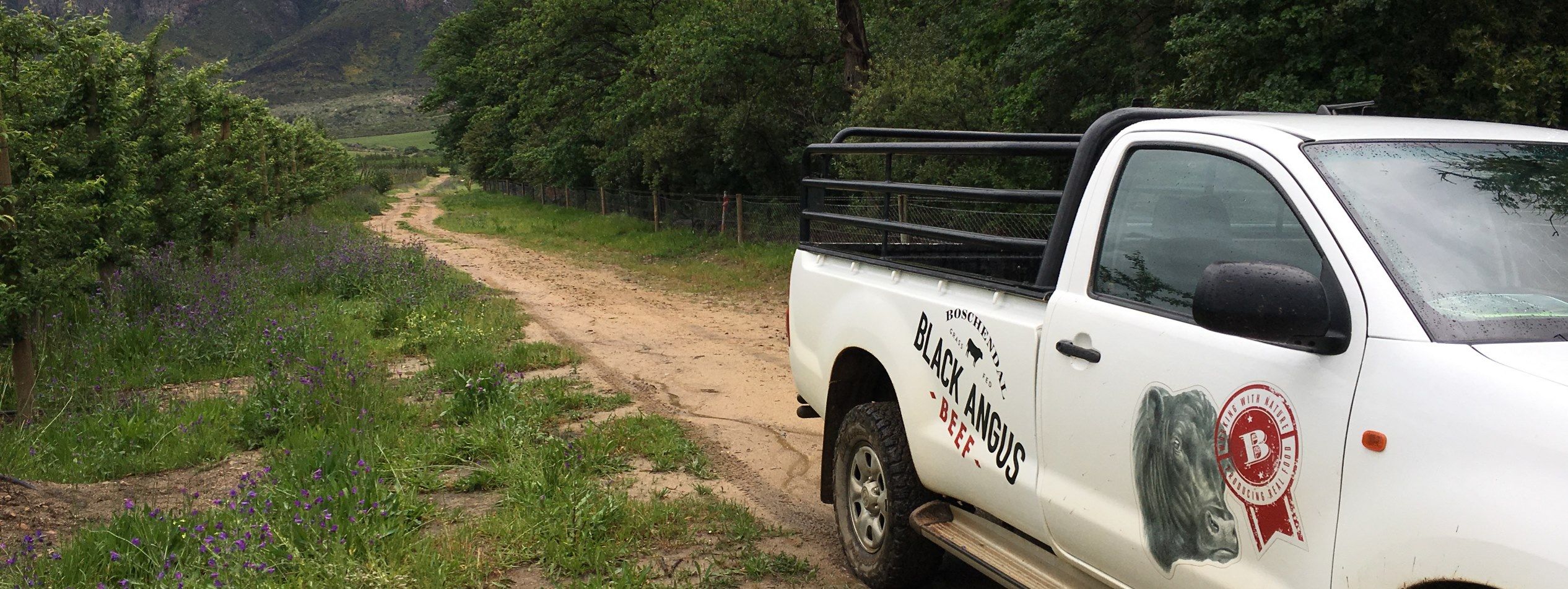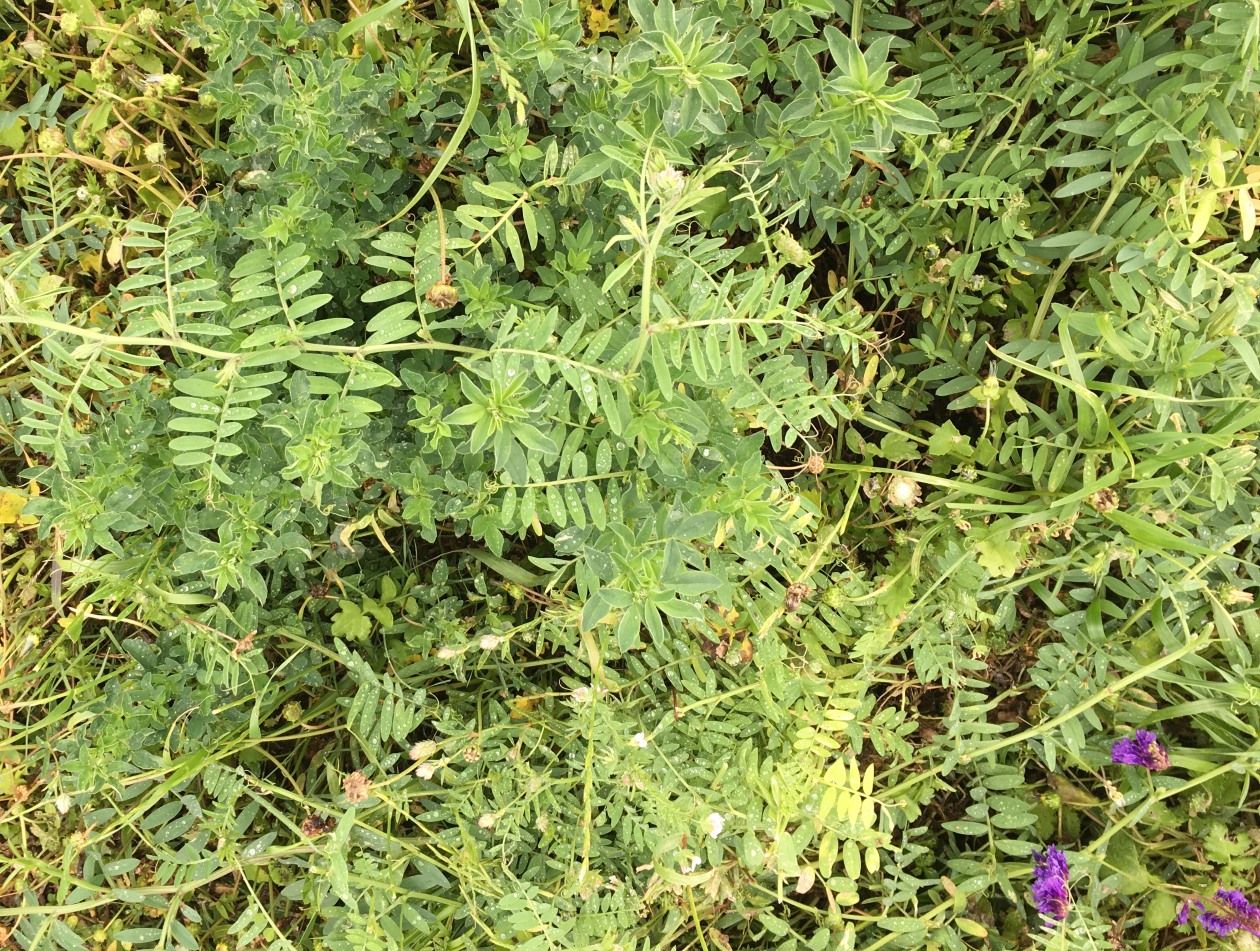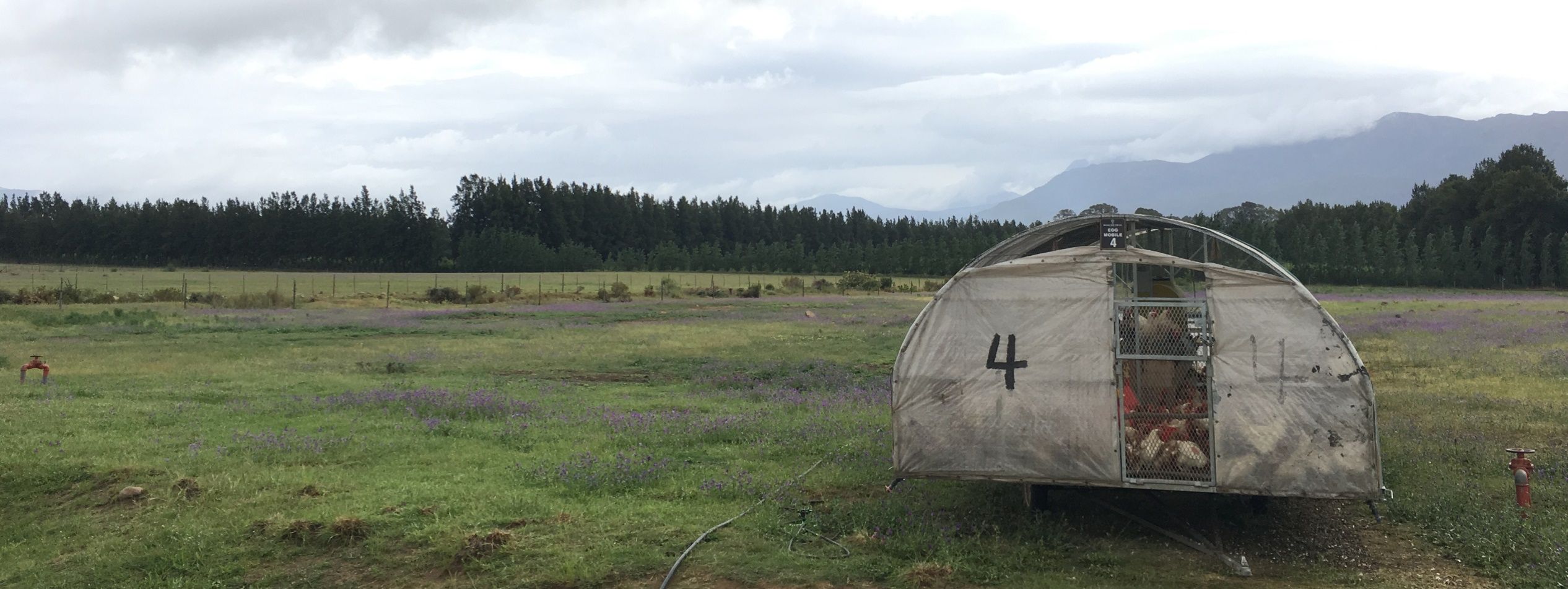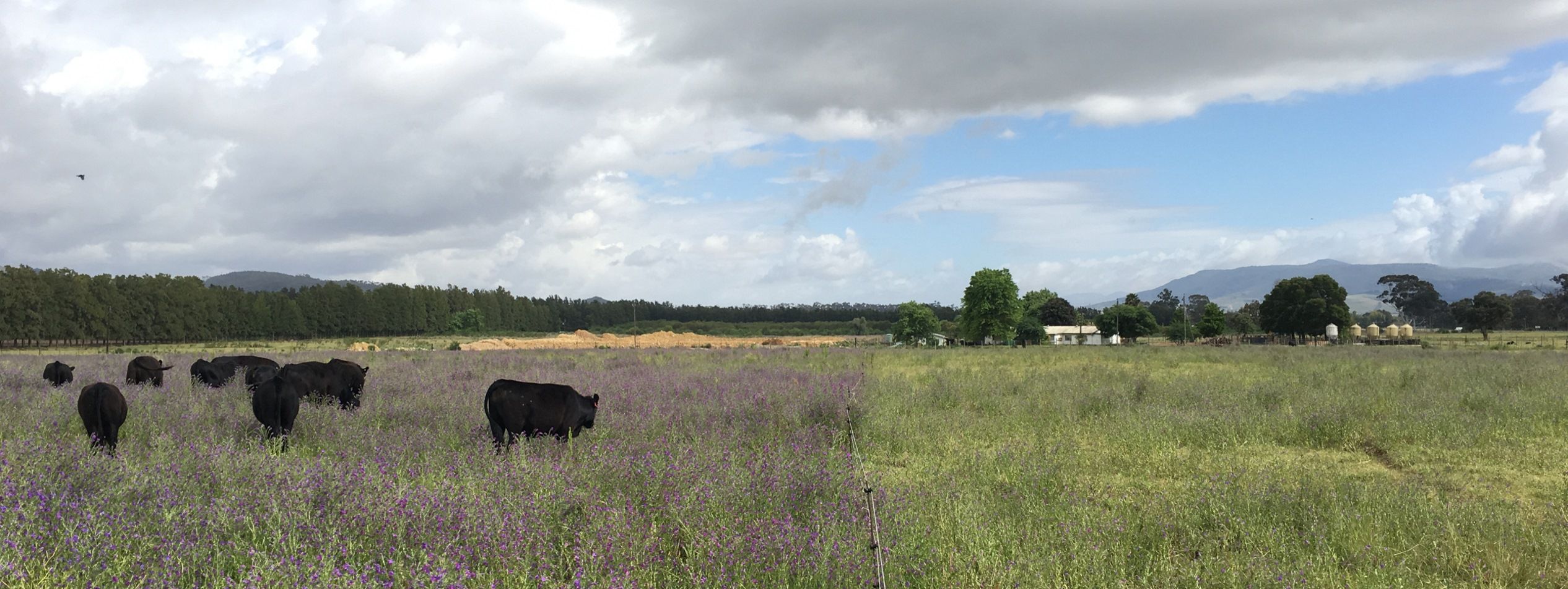I recently visited a school friend of mine who is now a farm manager at Boschendal Estate in the Franschhoek Valley. Boschendal is well known for its wine, but Jason Carroll manages, among other things, the grass-fed beef on the farm. I wanted to visit Jason at Boschendal because I had noticed, from Jason’s social media posts, that he is applying many of the sustainable agriculture practices that we at Trace & Save advocate for, and encourage farmers to adopt. I was very encouraged by my visit, because passionate people have a way of exciting and inspiring, especially when the passion is one you share. And Jason is passionate about sustainable agriculture. Jason’s main point of reference is learning from nature, and applying natural principles in managing his pasture and cattle herd. Their approach to agriculture at Boschendal is: “Working with nature, producing real food”.
Jason said he was inspired to figure out how to farm in a more sustainable, natural manner, when he began to realise the amount of hormones and chemicals which had started being used in food production, and when he thought of his daughter growing up, he would not want her to be eating such food. He desires for her to grow up eating healthy, nutritious food, which was grown using principles of nature. That is why he grows grass-fed cattle, with no use of hormones. He also believes in the principle that what is beneficial to the environment, is beneficial to people.
One of the things which Jason pointed out on more than one occasion is that he is in his pastures, and between his cattle, constantly. This allows him to regularly monitor and adjust his management in response to the current conditions, which include the weather, pasture, soil and cattle. He says, “the most fertile thing is a farmers footprints”.
They do not use any chemical fertilisers on their pastures at Boschendal, relying rather on compost – made on the farm, compost tea, and plant a large amount of legumes, to supply the nutrients that the plants need. Jason also says that by freely providing various nutrients – all in organic forms – to the cattle, they will show what they need, and therefore what is lacking in the pastures. For example, if the cattle eat a lot of the calcium based feed, he plants more chicory the next season, which is high in calcium. Another source of nutrients in the pastures is that they have mobile broiler and layer chicken pens, which they move around on the pasture each day. The chickens are fed in the pens, where they roost at night, and are then allowed to roam free in the pastures during the day. This has multiple benefits – the manure from the chickens is deposited below the pens each night, fertilising the soil, and as the chickens roam free in the pastures each day they both deposit their manure and scratch in the cattle manure, helping to break it down and incorporate it into the soil at a faster than usual rate.
Jason does not believe in using herbicides to control weeds in the pastures. He stated, “Why would I need to spray chemicals on the weeds if the cows will do it for me?” They use an intensive, rotational grazing system (read more on this here) to ensure full utilisation of the pasture on the farm, moving the cattle at least twice a day. By doing this, they ensure the cattle eat all of the available food in the pasture, including the weeds. The evidence of this can be seen in the photo below.
I really enjoyed my visit at Boschendal. I often hear concerns around the lack of young farmers in South Africa, but with young people like Jason who are passionate about providing food to the people of South Africa in an environmentally friendly, socially equitable and responsible, and financially viable manner, I am filled with hope for the future.
- A carbon footprint assessment for pasture-based dairy farming systems in South Africa - 2024-02-07
- What progress have farms participating with Trace & Save made over the past 10 years? - 2023-09-06
- Carbon footprint reduction over time: Lessons from pasture-based dairy farms in South Africa - 2023-09-04





